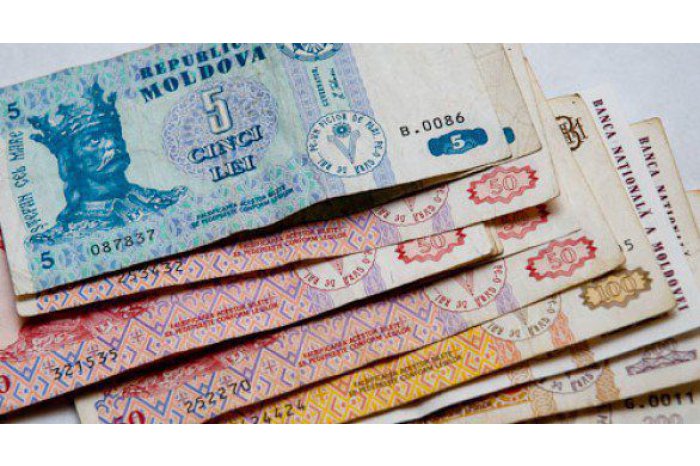Money transfers from abroad remain important source for budget of population in Moldova
16:24 | 31.03.2018 Category: Economic
Chisinau, 31 March /MOLDPRES/ – Over one fifth of incomes of the population from villages are money transfers from abroad of Moldova. "The rural population compared to urban one is more dependent on transfers from abroad, their share in revenues being 22.3 per cent compared to 11 per cent for urban population, the BNS’s information and media communication service has reported.
Although the value of remittances increased by 11.2 per cent, in 2017, share of transfers in total incomes of population decreased from 17.4 per cent in 2015 to an average 16.5 per cent, due to increase in wage earnings. The share of wage income, which is most important source of income, has increased within recent two years by two percentage points to 43.1 per cent.
The official statistics also show that a higher contribution of social benefits is also characteristic for rural population, 25.4 per cent of total income compared to 21.6 per cent in urban areas. The cash incomes of available population of population constituted in average per person per month MDL 2,244.9 in 2017, up 9.0 per cent as compared to 2016.
The statisticians note that average size of income is determined by several factors, one being basic composition of household. Thus, average income per person decreases as number of households’ increases, as well as number of children in household. One – person households have 1.8 times higher earnings than those in five or more persons. The same trend is also recorded by number of children in household.
Similarly, share of income from wage activity is double in case of households made up of three and more persons, while salary incomes have a lower share for those with three and more children.
Average monthly consumption expenditure of the population in 2017 amounted to an average MDL 2,250.3 per person, increasing by 6.3 per cent compared to 2017. In real terms (with adjustment to consumer price index), population spending remained practically the same as in 2017. The expenditures’ bulk is for food consumption – 43.4 per cent.
For maintenance of dwelling a person allocated on average 18.6 per cent of total consumption expenditure and for clothing and footwear – 10.4 per cent. The expenditures for healthcare services represent 5.9 per cent of total, communications – 4.5 per cent, housing endowment – 3.9 per cent, transport – 3.7 per cent and education – 0.5 per cent.
(Reporter V. Bercu, editor L. Alcaza)

